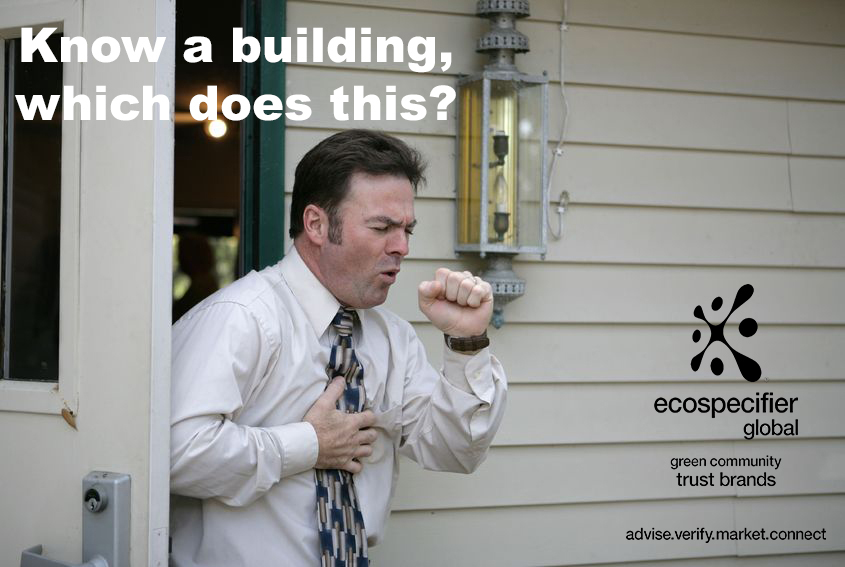Carpet is an almost omnipresent feature in many homes and while it has its benefits, many ordinary carpets also have some issues. Health and environmental concerns associated with many carpets include indoor air quality (IAQ), chemical emissions from manufacturing and disposal operations, short lifespan of broadloom carpets particularly in rental properties and solid waste impacts due to their difficulty in recycling and most ending up in landfill at the end of their lives.
As far as IAQ is concerned, a variety of volatile organic compounds (VOCs) can be emitted from some carpet materials, typically in the backing. Remember that ‘new carpet smell’? That’s them! Although VOC emissions from new carpet seem to fall to low levels within a few weeks after installation when accompanied by good ventilation, this doesn’t mean they are gone, just that you can’t smell them, as they are emitted for quite long periods at progressively lower levels, that can nonetheless keep having an impact on your families health, particularly sensitive children..
Carpet can have a purifying impact on indoor air quality by absorbing and trapping particulates present in indoor air, but then you have to make sure they get removed completely when cleaned, because it can be difficult to get all particulates back out of carpet.
Tretford have a GreenTagCert™ LCARate Silver, GreenRate Level A Certified with low VOC, it is heavy contract cord carpet range with pile made predominantly from goat hair, which is a renewable, durable, low lanolin, inherently anti-static fibre. To achieve a Silver rating the product must not trigger any ‘Red light’ warnings A Silver award indicates a Very Good product in its market category.
Tips for installing new carpet:
- Buy only carpets that have been certified low VOC by systems like Global GreenTag (all levels and tiers), Cetec, GreenGuard or GreenLabel;
- The area should be ventilated with fresh air during installation with air-conditioning off to avoid recirculation of air.
- Vacuum the floor after the old carpet and underlay have been removed
- Where possible keep ventilating the space for a minimum of 72 hours after installation
- If carpet adhesives are used, demand a low VOC water-based adhesive
- If you are sensitive to VOC emissions, leave the premises during and immediately after carpet installation.
Explore more about the product ranges that have been eco-certified and listed by Ecospecifier, by using the Product Search Engine on Ecospecifier Global: www.ecospecifier.com.au
Join us in more conversations about green products and sustainability issues on our social media pages:
Follow Ecospecifier on Facebook
Follow Ecospecifier on Twitter
Follow Ecospecifier on LinkedIn
Join our Social Media Honour Roll – support the switch to green products
Like, Comment and Share our blogs and posts on your social media pages … and we will send your name out to more than 15,000 subscribers via our monthly Ecospecifier Global Newsletter.
See which stellar individuals, businesses and networks made the latest Honour Roll on Twitter and Facebook HERE We salute you in helping us educate and help more people #MaketheSwitch to #EcoResponsible products.


